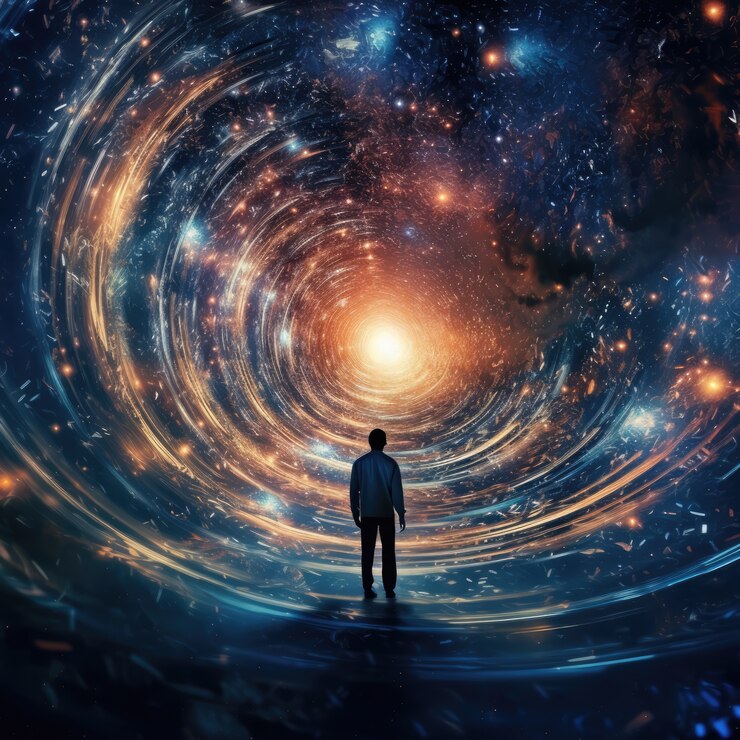Stars-923: Exploring the Mystery Behind the Stellar Phenomenon

The universe is vast and full of awe-inspiring wonders. Among these celestial mysteries are stars that defy conventional understanding. One such stellar anomaly that has caught the attention of astronomers and space enthusiasts alike is Stars-923. While its name might not be as well-known as Polaris or Betelgeuse, Stars-923 presents a unique opportunity for scientists to deepen their understanding of star formation, evolution, and behavior in distant galaxies.
In this article, we will delve into what makes Stars-923 so fascinating, explore its significance in the field of astronomy, and discuss the ongoing research aimed at unlocking the secrets of this mysterious star.
What is Stars-923?
Stars-923 is an unusual stellar object located in a distant galaxy that has puzzled astronomers since its discovery. Unlike typical stars that follow predictable life cycles—such as forming, shining brightly for millions or billions of years, and eventually either collapsing into a white dwarf, neutron star, or black hole—Stars-923 exhibits characteristics that don’t fit neatly into established models of stellar evolution.
Initially discovered through high-powered telescopes as part of a deep-space survey, Stars-923 has since been the subject of numerous studies due to its irregular brightness and variability in its energy output. Some scientists speculate that this variability could be caused by the star’s interaction with another celestial body, such as a planet, star, or black hole, while others believe that Stars-923 may belong to an entirely new class of stellar phenomena.
The Peculiar Behavior of Stars-923
One of the most notable features of Stars-923 is its fluctuating luminosity. While stars typically shine with a more or less constant brightness throughout most of their lifetimes, Stars-923’s brightness has been observed to change unpredictably. These changes occur on timescales that range from days to months, leaving astronomers to wonder whether these variations are due to internal processes within the star or external influences, such as surrounding gas clouds or gravitational forces from nearby objects.
This variability in brightness is what initially piqued the interest of researchers. In some instances, Stars-923 has experienced rapid dimming, followed by periods of intense brightness, almost as though it were pulsing. This type of behavior is unusual for stars of similar size and age, leading some astronomers to suggest that Stars-923 could be a binary star system or a protostar—a young star still in the process of forming.
Theories Surrounding Stars-923
The enigmatic nature of Stars-923 has led to several hypotheses about its origin and behavior. While there is no single consensus within the scientific community, here are some of the leading theories that researchers are exploring:
1. Binary Star System
One prevailing theory is that may be part of a binary star system. Binary systems consist of two stars orbiting a common center of mass. In some cases, one star can accrete material from its companion, leading to periodic bursts of brightness as the star experiences sudden increases in energy.
This could explain Stars-923’s fluctuating brightness, with the dimming corresponding to periods when one star obscures the other or when material from one star causes temporary interference in the energy output of the system. While this theory is still being tested, the presence of another celestial object close to Stars-923 could account for many of the observed anomalies.
2. A Star on the Verge of Becoming a Black Hole
Another hypothesis is that Stars-923 may be nearing the end of its life cycle and on the cusp of collapsing into a black hole. Stars that are many times larger than our Sun typically end their lives in supernova explosions, leaving behind dense remnants that may form neutron stars or black holes. However, some stars collapse directly into black holes without a supernova event.
Stars-923’s irregular brightness could indicate that it is undergoing intense gravitational collapse, shedding mass and energy in unpredictable ways before it finally succumbs to the gravitational forces that will form a black hole. If this theory holds, studying Stars-923 could provide new insights into the final stages of massive star evolution.
3. Protostar in Formation
A more speculative but intriguing possibility is that Stars-923 is not yet a fully formed star but rather a protostar in the early stages of development. Protostars are stars in the process of forming from dense clouds of gas and dust. During this stage, the star’s brightness can fluctuate as it accretes material from its surroundings and undergoes changes in its internal structure.
If Stars-923 is a protostar, its irregular behavior could be attributed to the complex interactions between the star and the surrounding interstellar material. Observing this process would offer valuable information about how stars form and evolve, particularly in distant galaxies.
4. Interaction with a Black Hole
Some astronomers have proposed that the unusual behavior of Stars-923 could be due to the presence of a nearby black hole. Black holes exert an immense gravitational pull on objects in their vicinity, and if Stars-923 were orbiting or interacting with a black hole, it could explain the rapid and unpredictable changes in its brightness.
In such a scenario, Stars-923 might be losing material to the black hole, causing periodic disruptions in its energy output. Alternatively, the star could be passing through regions of intense gravitational forces that distort its shape and affect its luminosity.
The Significance of Stars-923 in Modern Astronomy
Stars-923 offers a unique opportunity for astronomers to study stellar phenomena that challenge existing theories of star formation and evolution. Understanding the cause of its erratic brightness and unusual behavior could provide answers to some of the most pressing questions in astrophysics, such as how stars interact with their surroundings and what processes lead to the formation of black holes or other exotic objects.
One of the key areas of interest for researchers is stellar variability, which refers to fluctuations in the brightness of stars over time. By studying Stars-923’s variability, scientists hope to gain insights into the mechanisms that drive these changes and how they relate to broader cosmic events.
Additionally, Stars-923 could help scientists improve cosmological models that describe the evolution of galaxies and the distribution of stars within them. The more we understand about stars, the better equipped we are to predict the behavior of other parts of the universe, including those in our own Milky Way galaxy.
Ongoing Research and Future Exploration
Stars-923 has attracted the attention of research teams around the world, leading to a surge in observational studies using telescopes such as the Hubble Space Telescope, the Atacama Large Millimeter/submillimeter Array (ALMA), and the James Webb Space Telescope. These advanced instruments allow scientists to observe Stars-923 in multiple wavelengths, including visible light, infrared, and X-rays, providing a comprehensive picture of its behavior.
Astronomers are also using spectroscopy to analyze the light emitted by Stars-923 and determine the composition of its atmosphere, temperature, and velocity. These observations can reveal crucial information about the star’s internal processes and the forces acting upon it.
In addition to observational studies, astrophysicists are developing theoretical models to simulate the conditions surrounding Stars-923 and test different hypotheses about its nature. By comparing these models with real-world data, researchers hope to identify the most likely explanation for Stars-923’s behavior and gain a deeper understanding of the forces shaping the cosmos.
Conclusion
Represents a fascinating frontier in the study of stellar phenomena. Its irregular brightness and unusual behavior challenge conventional theories of star formation and evolution, offering astronomers an opportunity to explore new aspects of the universe. Whether is part of a binary system, a protostar in formation, or a star on the verge of collapsing into a black hole, it holds the potential to revolutionize our understanding of the cosmos.
As research continues and new data becomes available, may unlock secrets that could reshape our knowledge of, black holes, and the very structure of the universe itself. For now, it remains a cosmic enigma—one that invites us to look up, question, and explore the mysteries that lie beyond our reach.





